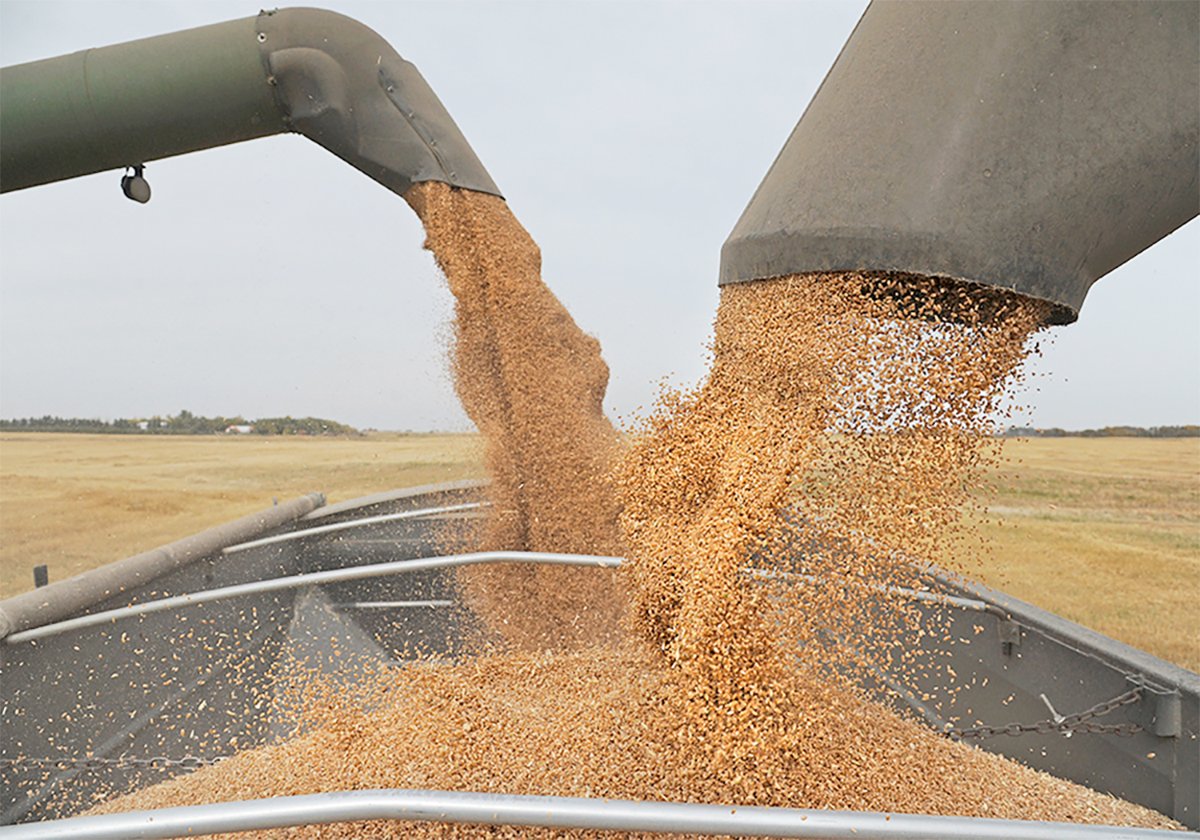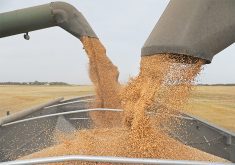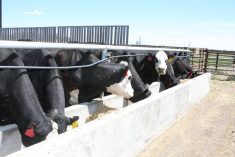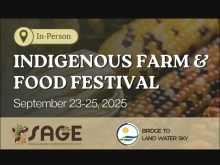AS THE Canadian Food Inspection Agency continues to investigate and defend against any possible entry of bovine spongiform encephalopathy to this country, lessons can be learned from the experiences of other nations.
Canada must deal with the situation accurately and efficiently, and producers, consumers and the international markets must be kept informed on progress and reassured that the situation is under control.
Eleven imported purebred Wagyu cattle remain quarantined while an investigation continues. The animals were imported from Japan several years ago, and BSE was recently confirmed in some Japanese dairy cows.
Read Also

Agriculture productivity can be increased with little or no cost
There’s a way to enhance agricultural productivity with little or no cost. It doesn’t even require a bunch of legislative changes.
If there are any confirmed links between the Canadian cattle and the BSE cases in Japan, the animals must be destroyed.
This is in line with Canadian measures to keep BSE-free status.
In 1993, Canada ordered an imported British cow, its offspring and the rest of the herd destroyed after the cow showed signs of neurological problems typical of BSE.
There remain strict measures against imports of meat and livestock from countries that have BSE, and in 1997 Canada banned feeding of meat and bone meal to ruminants including cattle.
These measures help ensure the problem does not and will not exist here.
If there are no links between Canada and Japan’s BSE cases, the CFIA must promptly, clearly and prominently declare that Canada remains BSE free.
The cattle industry must also get the message out. Markets can become jittery with even a hint of BSE, and consumption can drop disastrously if consumers panic.
Ireland had to deal with BSE. The country is the biggest net exporter of beef in the Northern Hemisphere, exporting to 80 countries around the world. In 1989, it was experiencing fewer than 20 cases of BSE per year.
The country had an acknowledged health status, grass-fed cattle, surveillance controls, traceability and a quality assurance scheme.
However, beef consumption dropped drastically in 1996. The United Kingdom dropped its imports to 60,000 tonnes from 100,000 tonnes.
Ireland learned to manage a crisis, collect and disseminate information to shareholders, groups and markets. It relied on public relations firms, the media, daily meat trade briefings with European Union markets (in eight different languages), embassy briefings, and direct consumer information campaigns in some countries.
The job was three-fold: to deal with the problem; communicate the measures being taken; and continue to reach consumers to emphasize the safety, taste and competitive value of Ireland’s beef.
Canada must be ready to adopt a similar clear strategy. Canadian beef remains among the safest and most respected in the world and that reputation must be protected.














